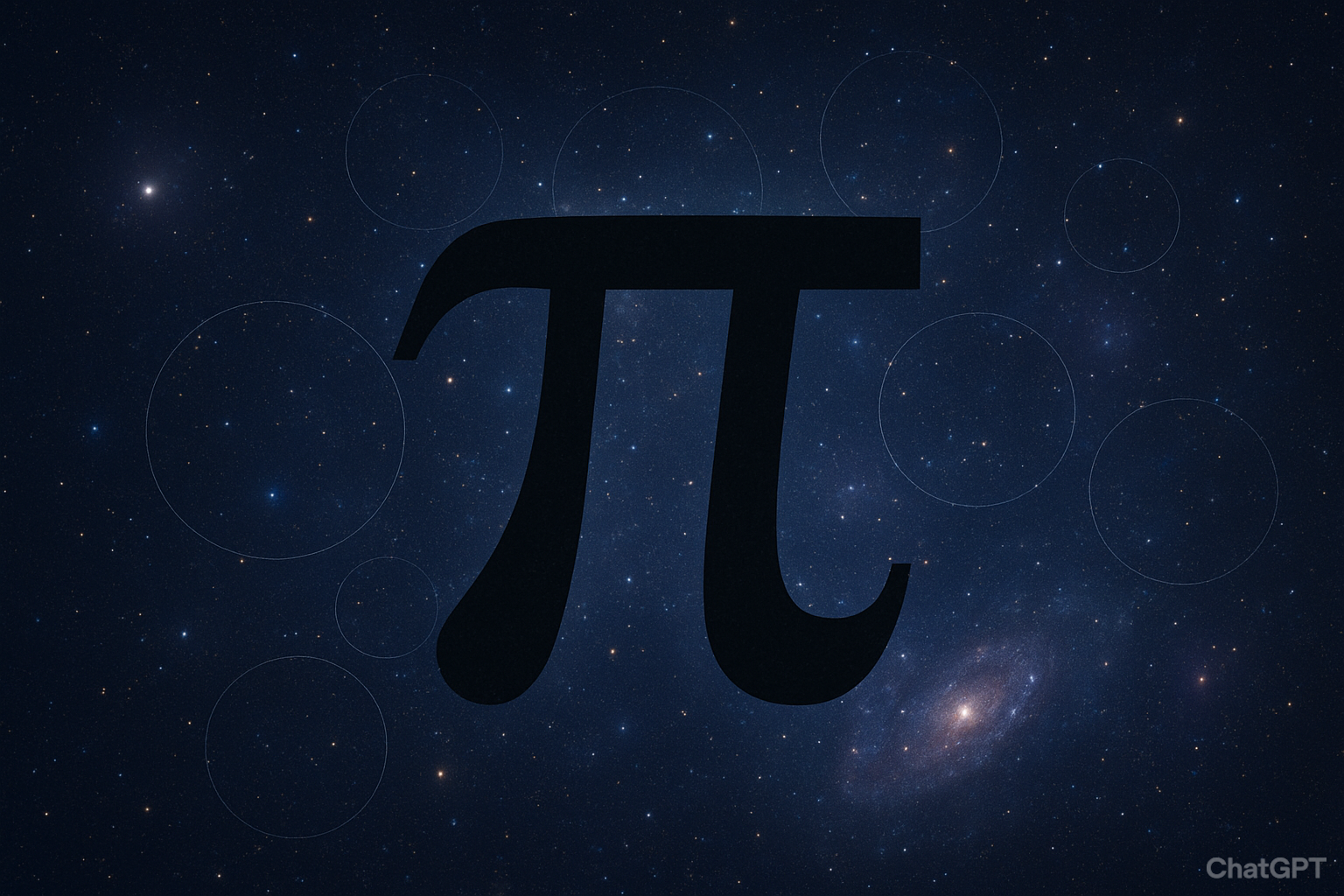The beauty of π

October 4, 2025
Among all mathematical constants, none has captured the imagination of both mathematicians and dreamers quite like Pi (π). It’s the most famous of them all — a symbol so iconic that entire books, poems, and even holidays are dedicated to its mysterious perfection.
What makes Pi so marvelous, in my opinion, is its simple yet profound definition: it represents the ratio between the circumference of a circle and its diameter. No matter how large or small the circle, whether it’s the size of an atom or of a galaxy, this ratio never changes. It is one of the most elegant demonstrations of the hidden harmony that mathematics unveils in nature.
And yet, Pi refuses to be fully tamed. Though it can be written approximately as 3.14159, its true value can never be captured completely. Its digits continue endlessly, without pattern or repetition, each one chasing the next into infinity — squirreling digits one after another almost nonsensically, as if mocking our attempts to confine it.
If you’re content with an approximation, Pi will kindly oblige: 3.14159 will serve you well. But if you insist on complete precision — if you try to know everything that lies between 3.14159 and 3.14160 — good luck. In that contest, you will be the one to surrender, not Pi.A number smaller than 3.14160, yet vast enough to describe the entire universe — that’s the beauty of Pi. Infinite, elusive, and forever inviting us to wonder.
